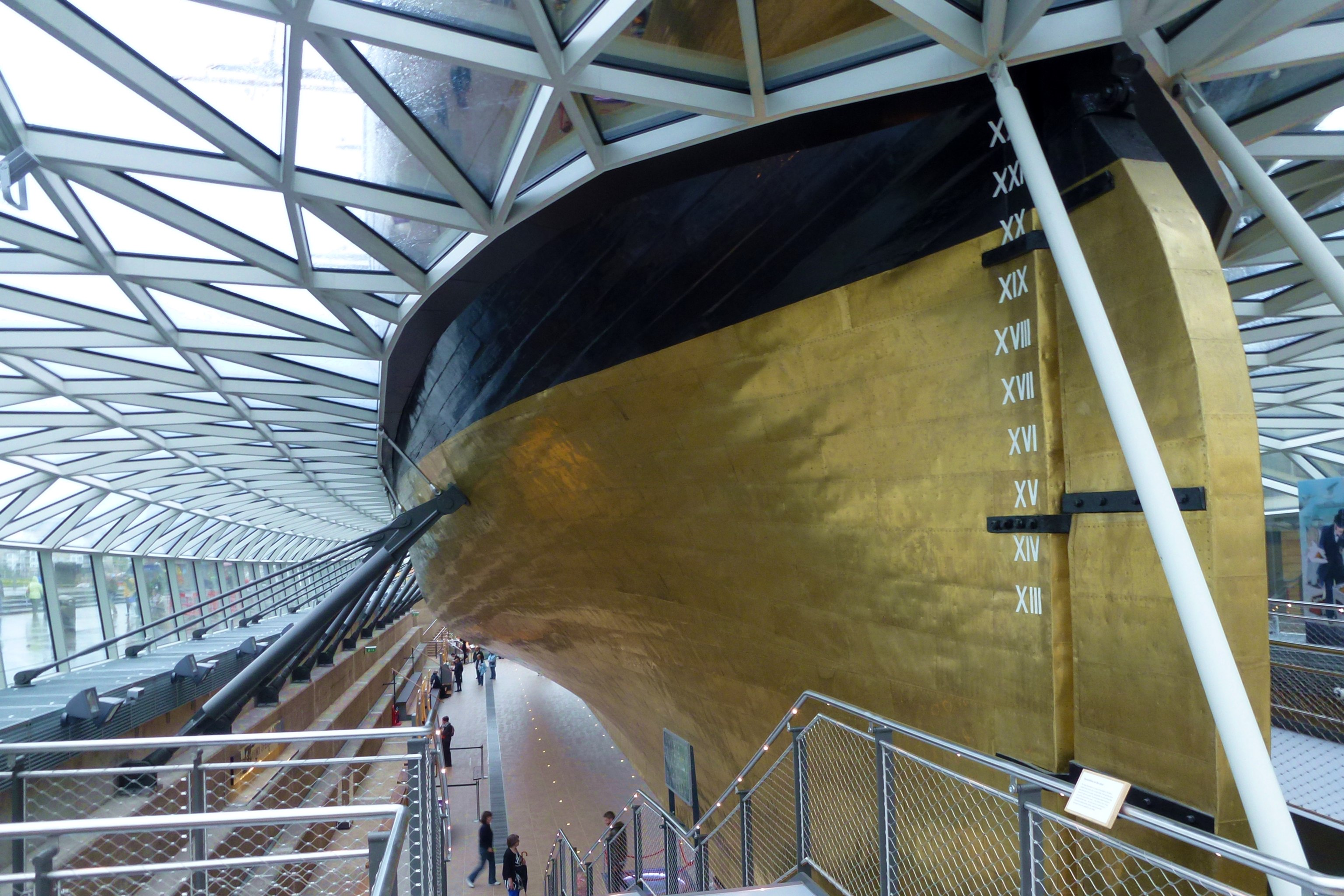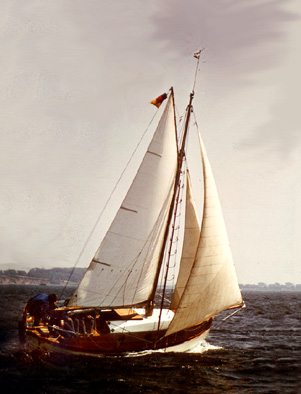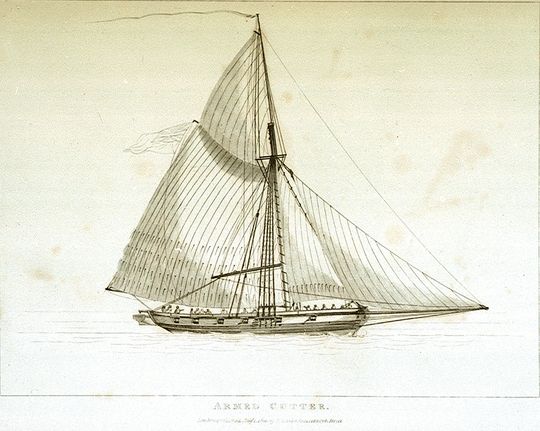|
Utile (1784 Ship)
''Utile'' was a gabarre of the French Royal Navy, launched in 1784. The British captured her in the Mediterranean in 1796 and she served briefly there before being laid up in 1797 and sold in 1798. French service and capture ''Utile'' was launched in early 1784 at Bayonne. She was built to plans by Jean-Joseph de Boissieu ad was the name-vessel of her two vessel class. She was also designated a corvette or an aviso. In 1790 she was on the Levant station and under the command of ''lieutenant de vaisseau'' Gavoty. In August 1793 an Anglo-Spanish force captured Toulon and Royalist forces turned over to them the French naval vessels in the port. When the Anglo-Spanish force had to leave in December, they took with them the best vessels and tried to burn the remainder. In November and December 1794 she was at Toulon undergoing repairs and refitting. She was to be renamed ''Zibeline'' in 1795, but apparently she retained her original name. In January and February 1796 she was under ... [...More Info...] [...Related Items...] OR: [Wikipedia] [Google] [Baidu] |
Civil And Naval Ensign Of France
{{disambiguation ...
Civil may refer to: *Civic virtue, or civility *Civil action, or lawsuit * Civil affairs *Civil and political rights *Civil disobedience *Civil engineering *Civil (journalism), a platform for independent journalism *Civilian, someone not a member of armed forces *Civil law (other), multiple meanings *Civil liberties *Civil religion *Civil service *Civil society *Civil war *Civil (surname) Civil is a surname. Notable people with the surname include: *Alan Civil (1929–1989), British horn player *François Civil (born 1989), French actor * Gabrielle Civil, American performance artist *Karen Civil (born 1984), American social media an ... [...More Info...] [...Related Items...] OR: [Wikipedia] [Google] [Baidu] |
Charles Lydiard
Charles Lydiard (fl. 13 May 1780 – 29 December 1807) was an officer of the Royal Navy who served during the French Revolutionary and Napoleonic Wars. Lydiard's origins are obscure, but he joined the navy in 1780 and rose through the ranks after distinguished service in the early years of the French Revolutionary Wars, particularly during the Siege of Toulon. He saw action in several engagements in the Mediterranean, and had a part in the defeat of a French frigate in 1795. The chance for promotion passed him by however when the French ship escaped. He again demonstrated his qualities on a cutting-out expedition under the guns of a French shore battery, and this time was successful in escaping with his prize. He was promoted and appointed to the command of his prize, and went on to be captain of several small vessels before a period of unemployment caused by his promotion to post-captain. He returned to active service in 1805 with command of the razee , in which ship he di ... [...More Info...] [...Related Items...] OR: [Wikipedia] [Google] [Baidu] |
Ships Of The French Navy
A ship is a large watercraft that travels the world's oceans and other sufficiently deep waterways, carrying cargo or passengers, or in support of specialized missions, such as defense, research, and fishing. Ships are generally distinguished from boats, based on size, shape, load capacity, and purpose. Ships have supported exploration, trade, warfare, migration, colonization, and science. After the 15th century, new crops that had come from and to the Americas via the European seafarers significantly contributed to world population growth. Ship transport is responsible for the largest portion of world commerce. The word ''ship'' has meant, depending on the era and the context, either just a large vessel or specifically a ship-rigged sailing ship with three or more masts, each of which is square-rigged. As of 2016, there were more than 49,000 merchant ships, totaling almost 1.8 billion dead weight tons. Of these 28% were oil tankers, 43% were bulk carriers, and 13% were cont ... [...More Info...] [...Related Items...] OR: [Wikipedia] [Google] [Baidu] |
1784 Ships
Events January–March * January 6 – Treaty of Constantinople: The Ottoman Empire agrees to Russia's annexation of the Crimea. * January 14 – The Congress of the United States ratifies the Treaty of Paris with Great Britain to end the American Revolution, with the signature of President of Congress Thomas Mifflin.''Harper's Encyclopaedia of United States History from 458 A. D. to 1909'', ed. by Benson John Lossing and, Woodrow Wilson (Harper & Brothers, 1910) p167 * January 15 – Henry Cavendish's paper to the Royal Society of London, ''Experiments on Air'', reveals the composition of water. * February 24 – The Captivity of Mangalorean Catholics at Seringapatam begins. * February 28 – John Wesley ordains ministers for the Methodist Church in the United States. * March 1 – The Confederation Congress accepts Virginia's cession of all rights to the Northwest Territory and to Kentucky. * March 22 – The Emerald Buddha is insta ... [...More Info...] [...Related Items...] OR: [Wikipedia] [Google] [Baidu] |
Copper Sheathing
Copper sheathing is the practice of protecting the under-water hull of a ship or boat from the corrosive effects of salt water and biofouling through the use of copper plates affixed to the outside of the hull. It was pioneered and developed by the Royal Navy during the 18th century. In antiquity, ancient Greeks used lead plates to protect the underwater hull. Development Deterioration of the hull of a wooden ship was a significant problem during the Age of Sail. Ships' hulls were under continuous attack by shipworm, barnacles and various marine weeds, all of which had some adverse effect on the ship, be it structurally, in the case of the worm, or affecting speed and handling in the case of the weeds. The most common methods of dealing with these problems were through the use of wood, and sometimes lead, sheathing. Expendable wood sheathing effectively provided a non-structural skin to the hull for the worm to attack, and could be easily replaced in dry dock at regular inter ... [...More Info...] [...Related Items...] OR: [Wikipedia] [Google] [Baidu] |
Hired Armed Cutter Fox
Henry Jamison "Jam" Handy (March 6, 1886 – November 13, 1983) was an American Olympic breaststroke swimmer, water polo player, and founder of the Jam Handy Organization (JHO), a producer of commercially sponsored motion pictures, slidefilms (later known as filmstrips), trade shows, industrial theater and multimedia training aids. Credited as the first person to imagine distance learning, Handy made his first film in 1910 and presided over a company that produced an estimated 7,000 motion pictures and perhaps as many as 100,000 slidefilms before it was dissolved in 1983. Athletic activities As a swimmer, Handy introduced a number of new swimming strokes to Americans, such as the Australian crawl. He would often wake up early and devise new strokes to give him an edge over other swimmers. Swimming led to him getting a bronze in the 1904 Olympics at St. Louis, Missouri. Twenty years later he was part of the Illinois Athletic Club water polo team at the 1924 Olympics in Paris, Fran ... [...More Info...] [...Related Items...] OR: [Wikipedia] [Google] [Baidu] |
Cutter (boat)
A cutter is a type of watercraft. The term has several meanings. It can apply to the rig (or Sail plan, sailplan) of a sailing vessel (but with regional differences in definition), to a governmental enforcement agency vessel (such as a coast guard or border force cutter), to a type of ship's boat which can be used under sail or oars, or, historically, to a type of fast-sailing vessel introduced in the 18th century, some of which were used as small warships. As a sailing rig, a cutter is a single-masted boat, with two or more headsails. On the eastern side of the Atlantic Ocean, Atlantic, the two headsails on a single mast is the fullest extent of the modern definition. In U.S. waters, a greater level of complexity applies, with the placement of the mast and the rigging details of the bowsprit taken into account so a boat with two headsails may be classed as a sloop. Government agencies use the term "cutter" for vessels employed in patrolling their territorial waters and other ... [...More Info...] [...Related Items...] OR: [Wikipedia] [Google] [Baidu] |
Hired Armed Vessels
During the eighteenth and nineteenth centuries the Royal Navy made use of a considerable number of hired armed vessels. These were generally smaller vessels, often cutters and luggers, that the Navy used for duties ranging from carrying and passengers to convoy escort, particularly in British coastal waters, and reconnaissance.Winfield (2008), p.387. Doctrine The Navy Board usually hired the vessel complete with master and crew rather than bareboat. Contracts were for a specified time or on an open-ended monthly hire basis. During periods of peace, such as the period between the Treaty of Amiens and the commencement of the Napoleonic Wars, the Admiralty returned the vessels to their owners, only to rehire many on the outbreak of war. The Admiralty provided a regular naval officer, usually a lieutenant for the small vessels, to be the commander. The civilian master then served as the sailing master. For purposes of prize money or salvage, hired armed vessels received the sa ... [...More Info...] [...Related Items...] OR: [Wikipedia] [Google] [Baidu] |
Fort De Brégançon
The Fort de Brégançon (; English: ''Brégançon Fort'') is a medieval fortress, located above sea level on an islet off the French Riviera, connected by a short causeway to the mainland, in the commune of Bormes-les-Mimosas, Var department, Provence-Alpes-Côte d'Azur. It has been the official retreat of the President of the French Republic since 1968. History The island has long been occupied, due in part to its easily defended nature, and that it allows easy view of the sea access to Hyères and Toulon. The island was the site of a Ligurian oppidum in the 6th century BCE. In the eleventh century, the territory belonged to the Viscount of Marseille, lieutenants of the Count of Provence, who sold it to the Community of Marseille. In 1257, following the marriage of heiress Beatrice of Provence, with Charles I of Anjou who was the brother of King Louis IX, the island became part of the Kingdom of France. Charles subsequently became King of Siciliy, and hence began a pr ... [...More Info...] [...Related Items...] OR: [Wikipedia] [Google] [Baidu] |
Port-cros
Port-Cros () is a French island in the Mediterranean island group known as the Îles d'Hyères. It is part of the commune of Hyères, in the department of Var in the region of Provence-Alpes-Côte d'Azur. The island was donated to the French government with the promise that a national park, the Port-Cros National Park, would be created on the island. This was established on 14 December 1963. The island is wide and its most elevated point is . It is . History The island was known as ''Messea'' (Middle Island) to the ancient Greeks. Its present name derives from the small port on the island, which is cross-shaped. Roman tombs on the island indicate that there may have been a Roman colony on the island, and coins and canals of Roman origin have also been found on the island. In the 5th century, the monastery of Lérins established a branch on Île du Levant. This foundation on Île du Levant established a branch on Port-Cros in the small valley of Notre-Dame. The monastery o ... [...More Info...] [...Related Items...] OR: [Wikipedia] [Google] [Baidu] |
Builder's Old Measurement
Builder's Old Measurement (BOM, bm, OM, and o.m.) is the method used in England from approximately 1650 to 1849 for calculating the cargo capacity of a ship. It is a volumetric measurement of cubic capacity. It estimated the tonnage of a ship based on length and maximum beam. It is expressed in "tons burden" ( en-em , burthen , enm , byrthen ), and abbreviated "tons bm". The formula is: : \text = \frac where: * ''Length'' is the length, in feet, from the stem to the sternpost; * '' Beam'' is the maximum beam, in feet. The Builder's Old Measurement formula remained in effect until the advent of steam propulsion. Steamships required a different method of estimating tonnage, because the ratio of length to beam was larger and a significant volume of internal space was used for boilers and machinery. In 1849, the Moorsom System was created in the United Kingdom. The Moorsom system calculates the cargo-carrying capacity in cubic feet, another method of volumetric measurem ... [...More Info...] [...Related Items...] OR: [Wikipedia] [Google] [Baidu] |
Porquerolles
Porquerolles (; oc, Porcairòlas), also known as the Île de Porquerolles, is an island in the Îles d'Hyères, Var, Provence-Alpes-Côte d'Azur, France. Its land area is and in 2004, its population has benn about 200. Porquerolles, the largest and most westerly of the Îles d'Hyères, is about long by wide, with five small ranges of hills. The south coast is lined with cliffs, and on the north coast are the port and the beaches of Notre Dame, La Courtade and Plage d'Argent. History The island's village was established in 1820, with its lighthouse constructed in 1837 and church in 1850. The entire island was purchased in 1912 by François Joseph Fournier, apparently as a wedding present for his wife; he planted of vineyards, which produced a wine that was among the first to be classified as ''vin des Côtes de Provence''. In 1971, the state bought 80 percent of the island to preserve it from development. Much of the island is now part of a national park (the '' Port-Cros ... [...More Info...] [...Related Items...] OR: [Wikipedia] [Google] [Baidu] |



.png)

